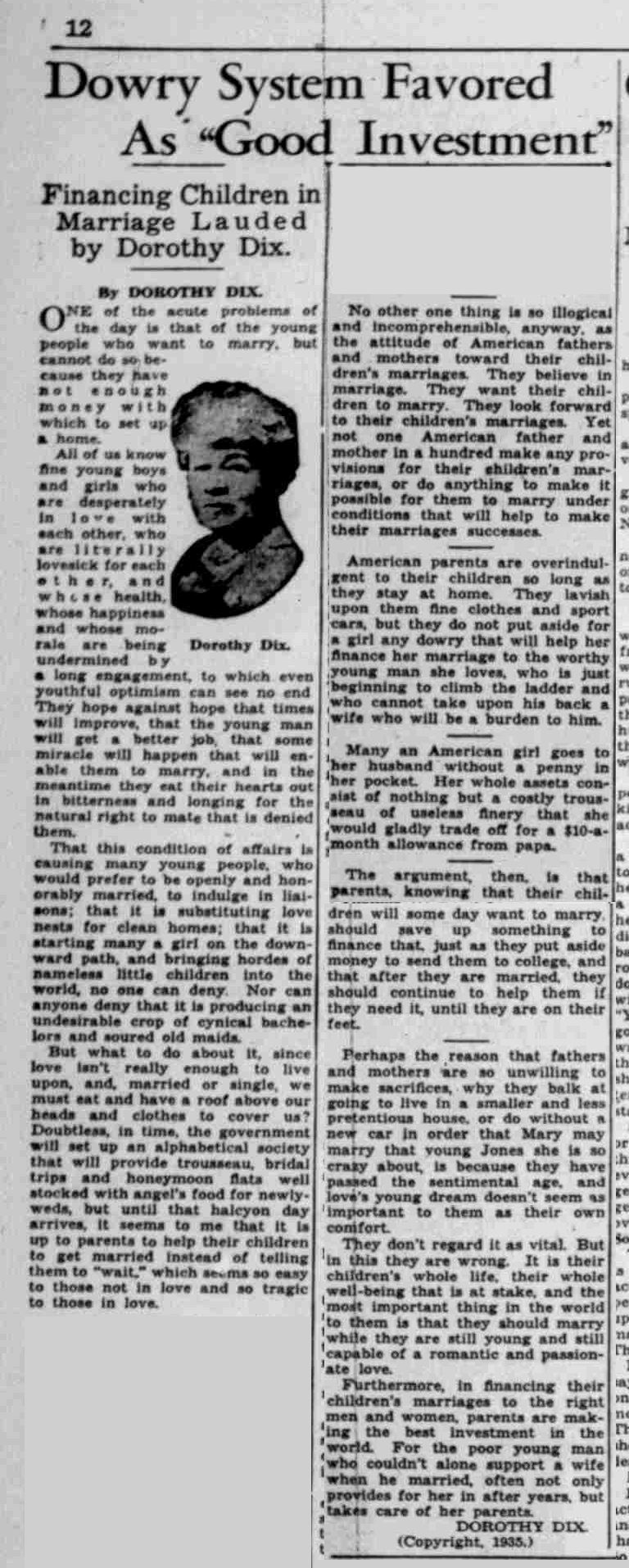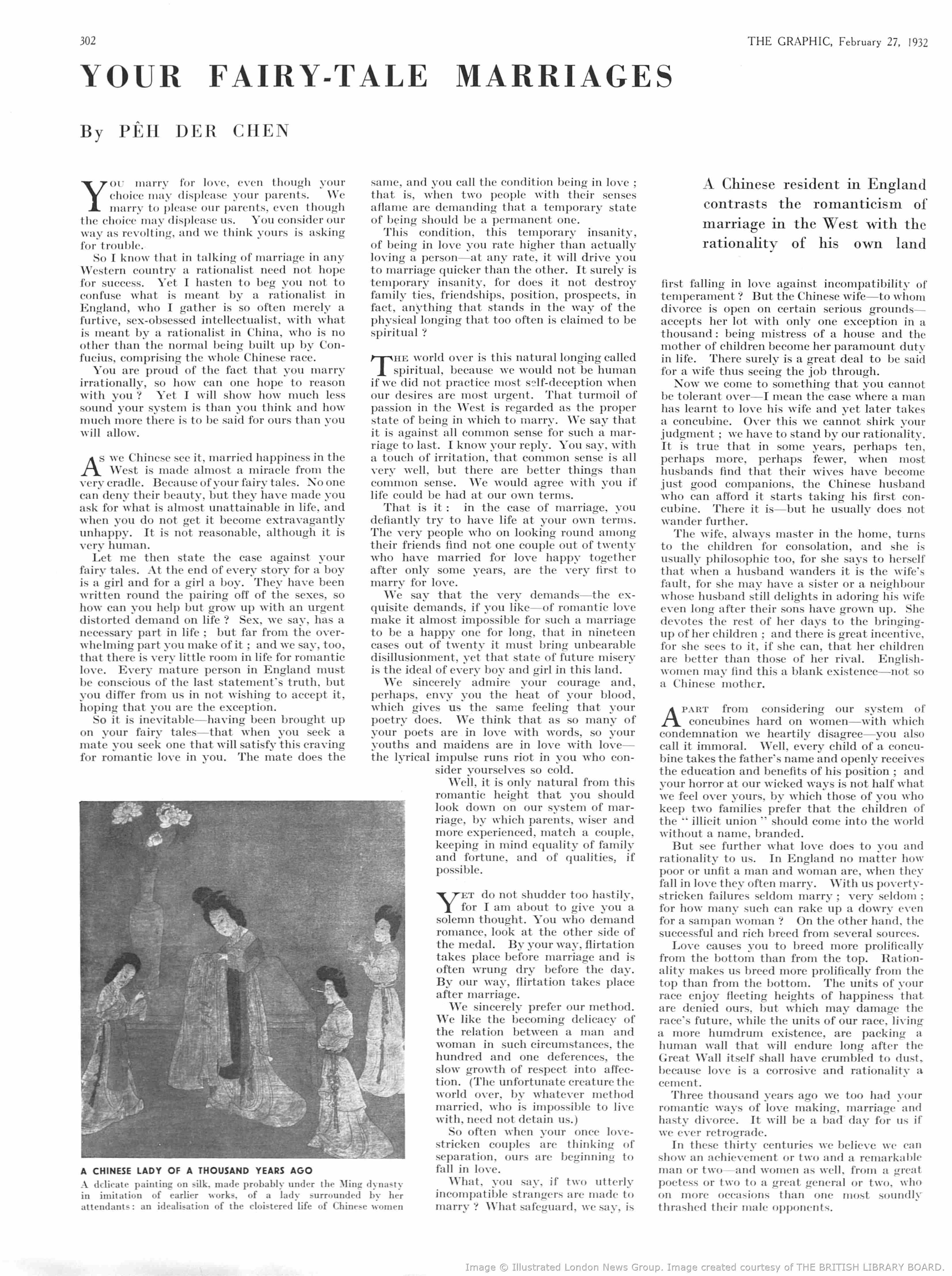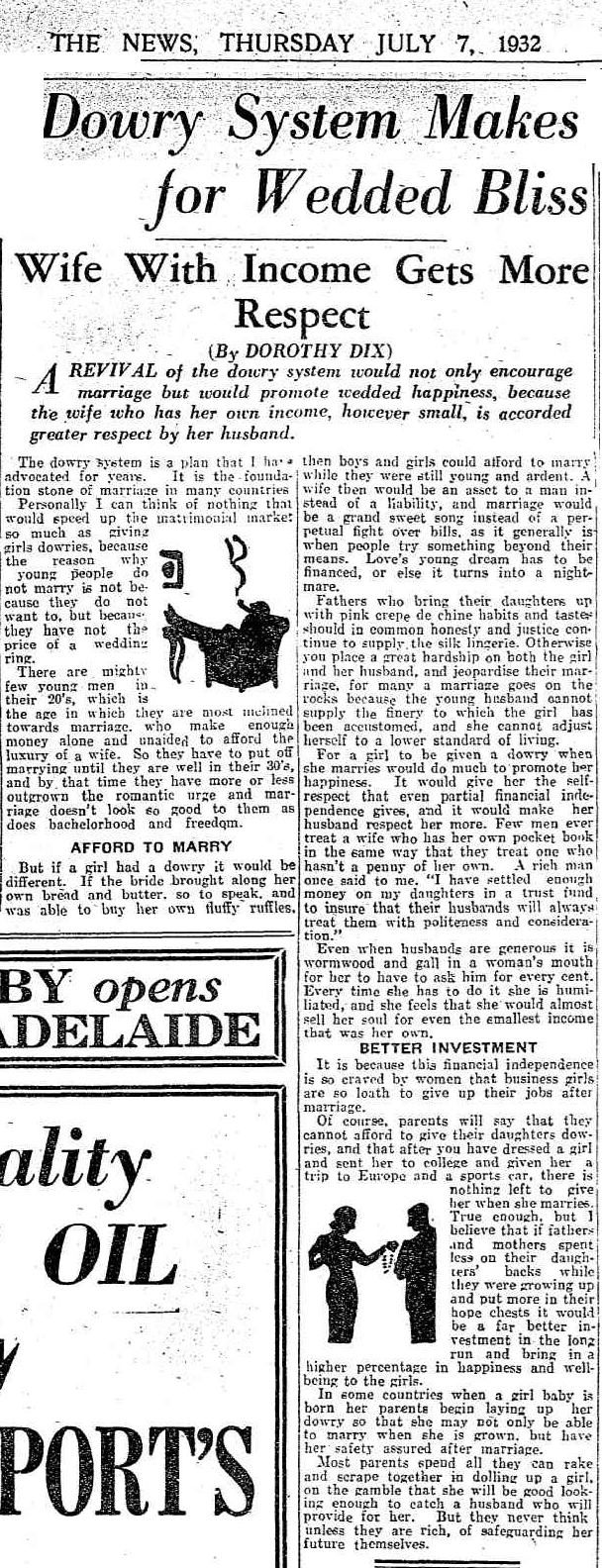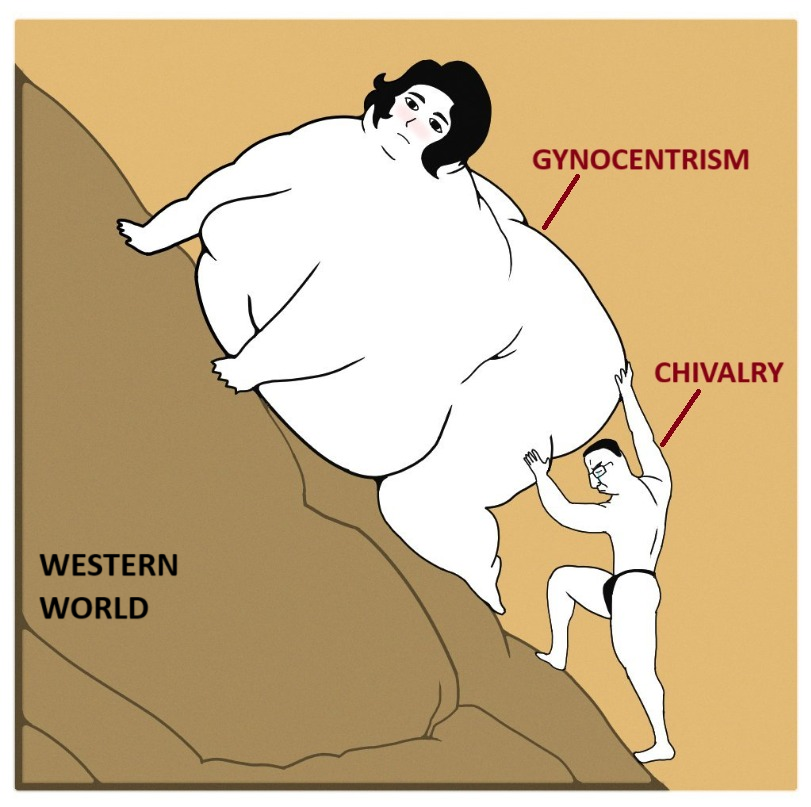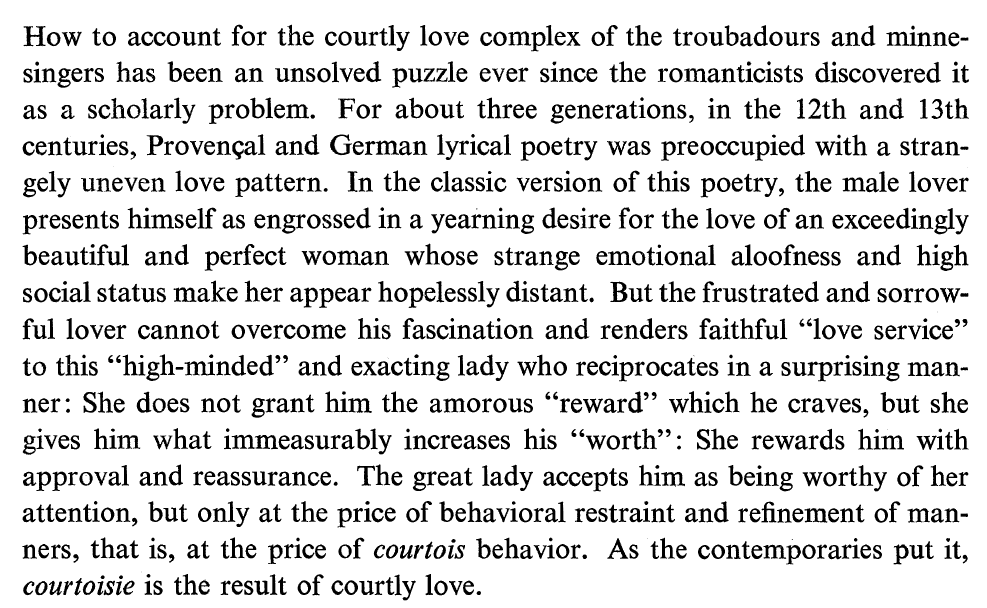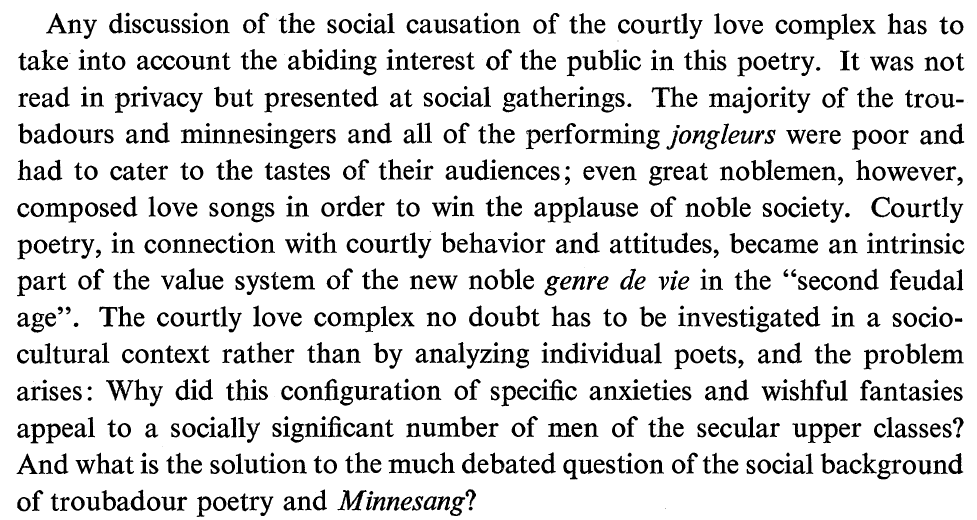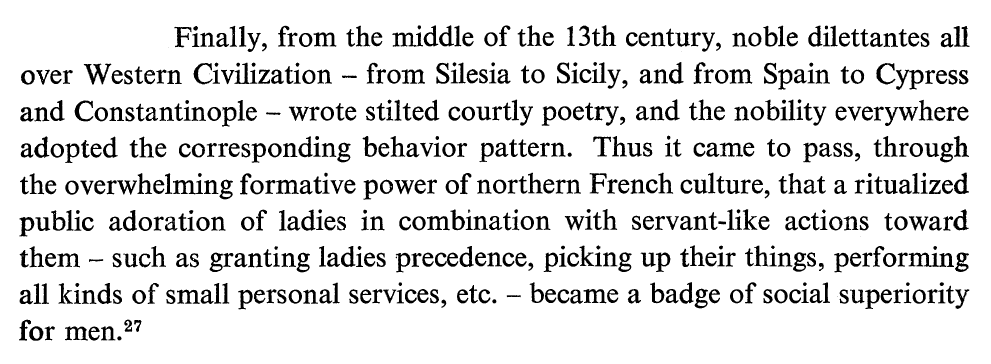The following article by Dorothy Dix was published in the Richmond News Leader, Number 11959, 4 November 1935.
* * *
Dowry System Favored As “Good Investment”
Financing Children in Marriage Lauded
BY DOROTHY DIX
ONE OF THE acute problems of the day is that of the young people who want to marry, but cannot do so because they have not enough money with which to set up a home.
All of us know fine young boys and girls who are deperately in love with each other, who are literally lovesick for each other, and whose health, whose happiness, and whose morale are being undermined by a long engagement, to which even youthful optimism can see no end. They hope against hope that times will improve, that the young man will get a better job, that some miracle will happen that will enable them to marry, and in the meantime they eat their hearts out in bitterness and longing for the natural right to mate that is denied them.
That this condition of affairs is causing many young people, who would prefer to be openly and honorably married, to indulge in liaisons; that it is substituting love nests for clean homes; that it is starting many a young girl on the downward path, and bringing hordes of nameless little children into the world, no one can deny. Nor can anyone deny that it is producing an undesirable crop of cynical bachelors and soured old maids.
But what to do about it, since love isn’t really enough to live upon, and, married or single, we must eat and have a roof above our heads and clothes to cover us? Doubtless, in time, the government will set up an alphabetical society that will provide trousseau, bridal trips and honeymoon flats well stocked with angel’s food for newlyweds, but until that halcyon day arrives, it seems to me that it is up to the parents to help their children to get married instead of telling them to “wait,” which seems so easy to those not in love and so tragic to those in love.
No other one thing is so illogical and incomprehensible, anyway, as the attitude of American fathers and mothers toward their children’s marriages. They believe in marriage. They want their children to marry. They look forward to their children’s marriages. Yet not one American father and mother in a hundred make any provisions for their children’s marriages, or do anything to make it possible for them to marry under conditions that will help to make their marriages successes.
American parents are overindulgent to their children so long as they stay at home. They lavish upon them fine clothes and sport cars, but they do not put aside for a girl any dowry that will help her finance her marriage to the worthy young man she loves, who is just beginning to climb the ladder and who cannot take upon his back a wife who will be a burden to him.
Many an American girl goes to her husband without a penny in her pocket. Her who assets consist of nothing but a costly trousseau of useless finery that she would gladly trade off for a $10-a-month allowance from papa.
The argument, then, is that parents, knowing that their children will some day want to marry, should save up something to finance that, just as they put aside money to send them to college, and that after they are married, they should continue to help them if they need it, until they are on their feet.
Perhaps the reason that fathers and mothers are so unwilling to make sacrifices, why they balk at going to live in a smaller and less pretentious house, or do without a new car in order that Mary may marry that young Jones she is so crazy about, is because they have passed the sentimental age, and love’s young dream doesn’t seem as important to them as their own comfort.
They don’t regard it as vital. But in this they are wrong. It is their children’s whole life, their whole well-being that is at stake, and the most important thing in the world to them is that they should marry while they are still young and still capable of romantic and passionate love.
Furthermore, in financing their children’s marriages to the right men and women, parents are making the best investment in the world. For the poor young man who couldn’t alone support a wife when he married, often not only provides for her in after years, but takes care of her parents.
